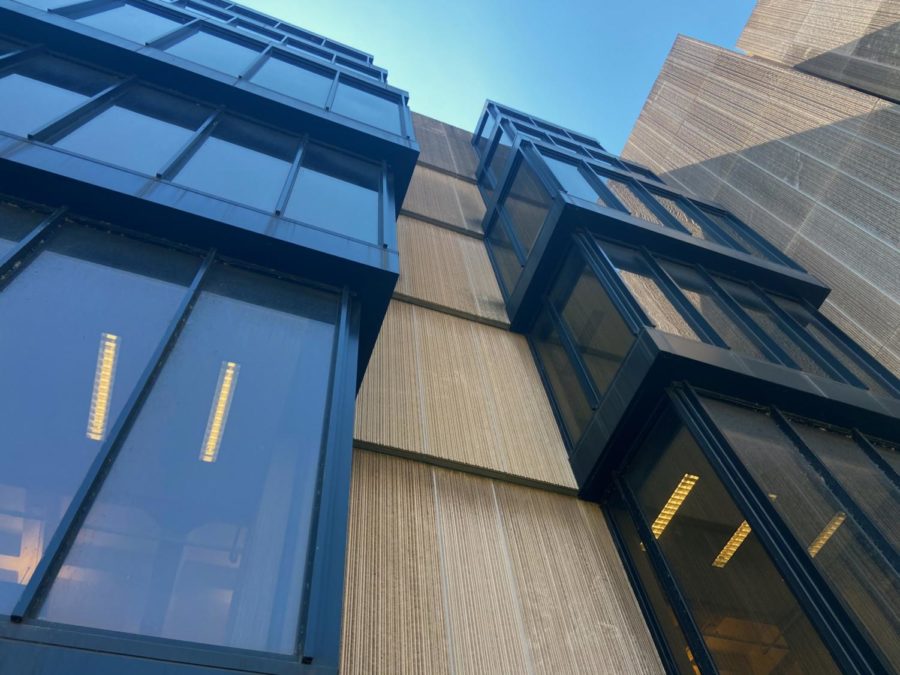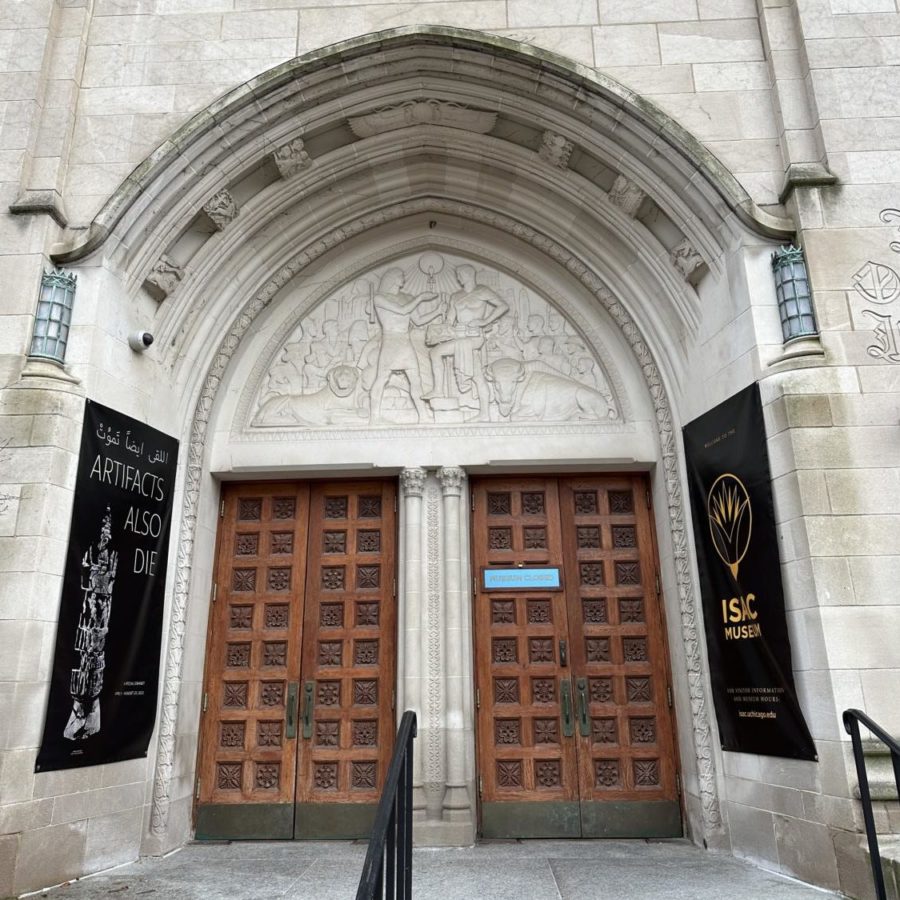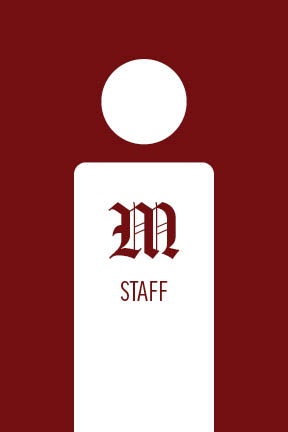The Maroon reported today that the Department of Safety and Security will be ending the SafeRide Program, shutting down an operation that was constantly criticized by students as slow and inefficient. Instead, the existing shuttle route service will expand its hours during nights and weekends. The change was reportedly due to the large number of complaints about SafeRide’s wait time, which averages 55 minutes. Although it’s commendable that the Administration is addressing transportation issues, this restructuring alone won’t properly ensure the safety that SafeRide was designed to provide students.
While it has not yet been decided if new shuttle routes will be created, some places in Hyde Park will almost inevitably be left outside their paths, requiring students to walk to a street on the newly designated route. In a situation of true need, this is not a safe or plausible practice. According to the SafeRide Program Web page, “[SafeRide] provides the campus community with safe, on-demand transportation during late-night hours.” While the current state of the program doesn’t match this description, neither do the proposed changes. Safety depends upon an individual’s ability to get out of a situation quickly, and merely knowing that help will come eventually and in another location doesn’t mean help will come when needed.
The proposed changes address how SafeRide has come to be used, as something to shorten walking time or avoid the cold, rather than how it was intended to be used, as a safety precaution in uncomfortable and potentially dangerous situations. Granted, students are to blame for this misuse of the Program, but implementing a more effective alternative would make SafeRide a plausible option for safety concerns.
Rather than entirely replace SafeRide with the shuttle service, the original program should be improved, as it serves a unique function that extends beyond mere late-night transportation. The goal shouldn’t be to eliminate complaints, but rather to adhere to the original intent of the Program—to keep students safe during unsafe times in unsafe places. Changes under consideration, including the extension of shuttle times until 4 a.m. Sunday through Wednesday and until 6 a.m. on the weekend, improve the convenience of Hyde Park transportation but fail to appease safety concerns. The funds required to make such changes could instead be applied to improve the original SafeRide Program. Adding more SafeRide shuttles, even if they’re smaller, would require less planning and be more effective than revamping the entire system.
This being said, if a restructuring of the two programs is the only option, the shuttle system itself needs to be radically altered. Currently, it’s a satisfactory mode of daily transportation around campus and its outer fringes. There have been frequent complaints, however, about the timeliness, reliability, and general efficiency of the route system. An expansion of routes and extension of service hours would be useless if these problems continued, and would do nothing to help students who need instant transport. There’s also the fact that shuttles have no designated stops outside campus, and students need to guess when they will pass and then flag them down. If the mission of the SafeRide program is to be incorporated into the shuttle system, there need to be set stops along all the routes, so that students know exactly where to go to expect late-night transportation. There should also be an East–West shuttle route, since current ones do not facilitate quick trips from one end of Hyde Park to the other.
Ultimately, Administration is justified in its attempts to renovate the SafeRide system. Its long wait times and inefficiencies have become a joke on campus, and it needs drastic improvement. However, this doesn’t mean that its intent—ensuring the safety of students—should be dismissed when making changes. If the University wants to truly address student concerns, it should make sure that any alterations focus on both speed and security.
The Editorial Board consists of the Editors-in-Chief and the Viewpoints Editors.








